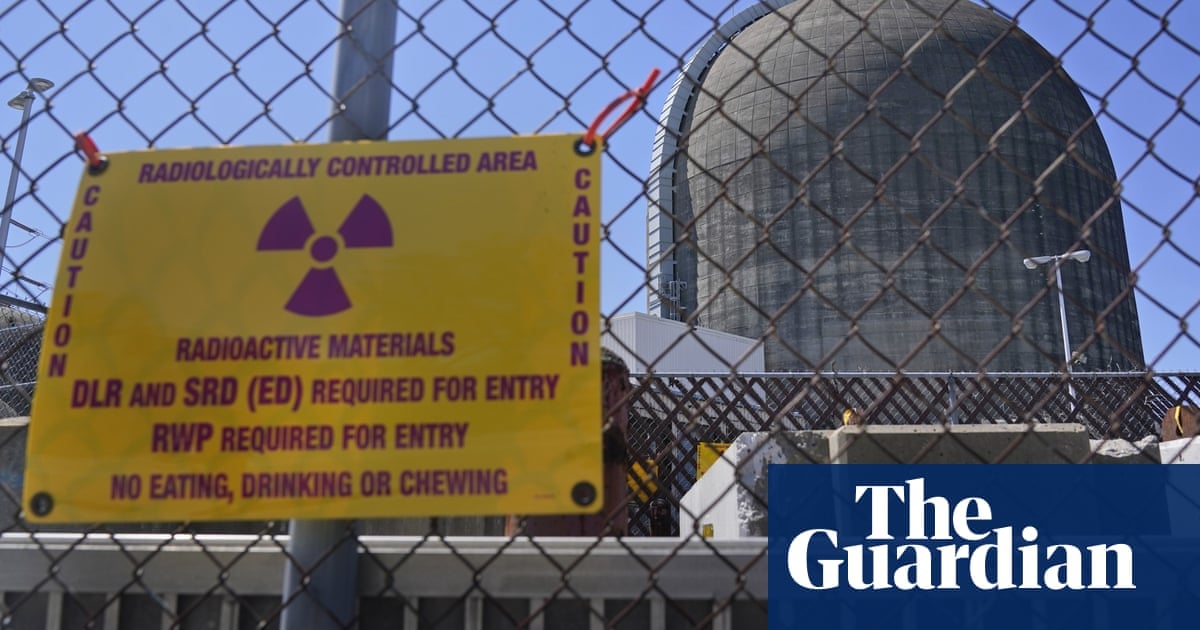Shuttering of New York facility raises awkward climate crisis questions as gas – not renewables – fills gap in power generation
When New York’s deteriorating and unloved Indian Point nuclear plant finally shuttered in 2021, its demise was met with delight from environmentalists who had long demanded it be scrapped.
But there has been a sting in the tail – since the closure, New York’s greenhouse gas emissions have gone up.
Castigated for its impact upon the surrounding environment and feared for its potential to unleash disaster close to the heart of New York City, Indian Point nevertheless supplied a large chunk of the state’s carbon-free electricity.
Since the plant’s closure, it has been gas, rather then clean energy such as solar and wind, that has filled the void, leaving New York City in the embarrassing situation of seeing its planet-heating emissions jump in recent years to the point its power grid is now dirtier than Texas’s, as well as the US average.



There have been more deaths and major environmental disasters with fossil fuels than with all nuclear accidents combined (including the less reported ones that happened in the 50s and 60s). Nuclear plants are generally safe and reliable. They do not produce excessive waste like wind (used turbine blades) and solar (toxic waste from old panels that cannot be economically recycled).
Nuclear is the superior non-carbon energy source right now. Climate change is an emergency, so we shouldn’t be waiting on other technologies to mature before we start phasing out emitting power plants in favor of emission-free nuclear plants.